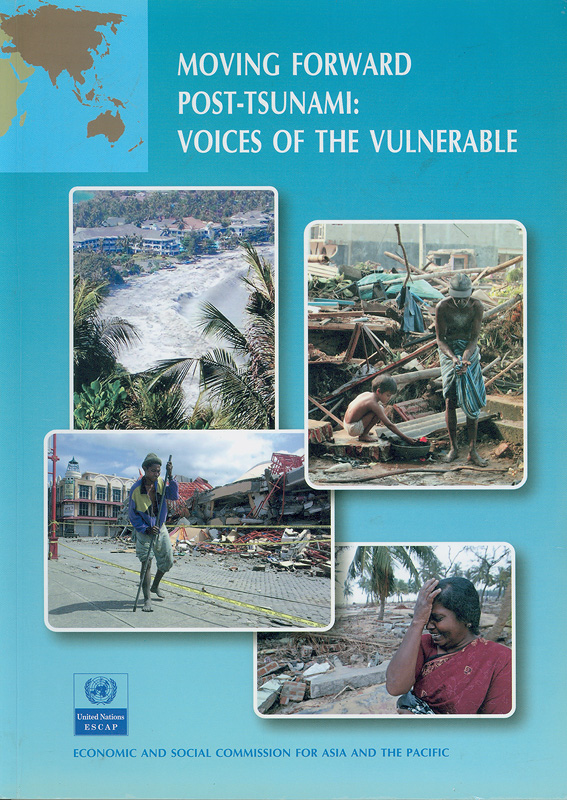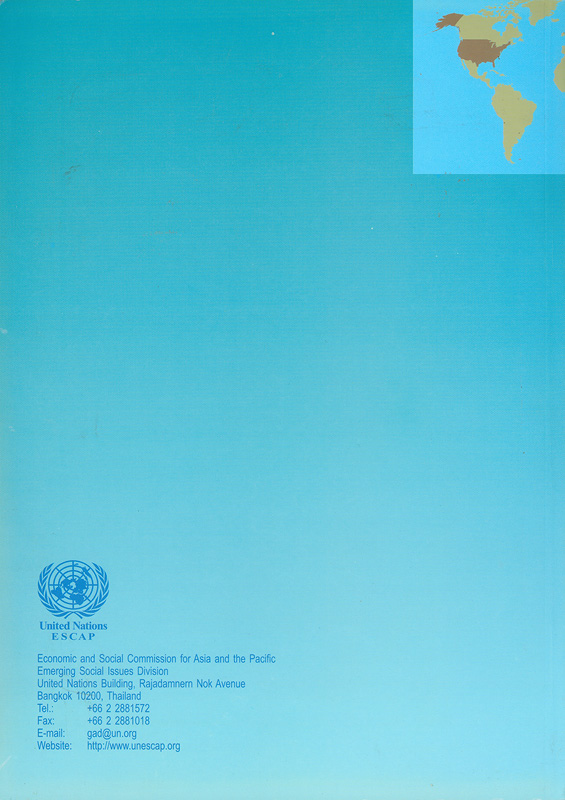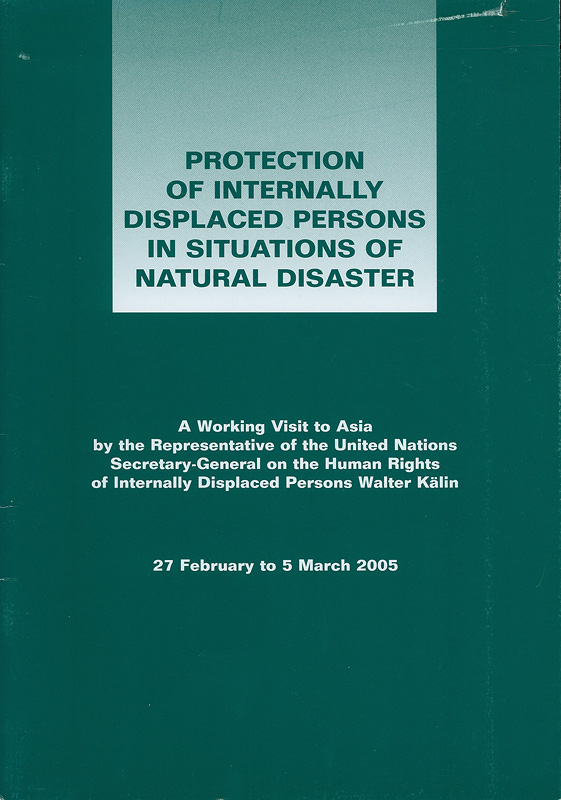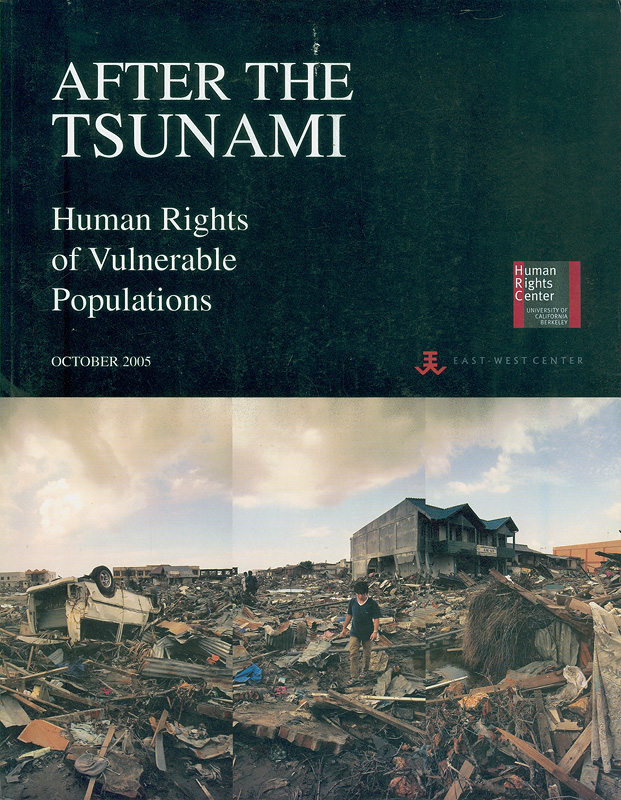- <a href="https://library.nhrc.or.th/th" aria-label="home" class="mainMenu"> <em class="fas fa-home"></em> </a>
-
เกี่ยวกับเรา
ย้อนกลับ เกี่ยวกับเรา<a href="https://library.nhrc.or.th/th/history" aria-label="menu" class="submenu-list" target="_self"> ความเป็นมา </a> <a href="https://library.nhrc.or.th/th/structure" aria-label="menu" class="submenu-list" target="_self"> โครงสร้าง </a> <a href="https://library.nhrc.or.th/th/vision" aria-label="menu" class="submenu-list" target="_self"> วิสัยทัศน์/พันธกิจ </a> <a href="https://library.nhrc.or.th/th/award" aria-label="menu" class="submenu-list" target="_self"> รางวัล </a> <a href="https://library.nhrc.or.th/th/announce" aria-label="menu" class="submenu-list" target="_self"> ระเบียบ/ประกาศ </a> นโยบายองค์กรอัลบั้มภาพ<a href="https://library.nhrc.or.th/th/website-policy" aria-label="menu" class="submenu-list"> นโยบายเว็บไซต์ </a> <a href="https://library.nhrc.or.th/th/website-security-policy" aria-label="menu" class="submenu-list"> นโยบายการรักษาความมั่นคงปลอดภัยเว็บไซต์ </a> <a href="https://library.nhrc.or.th/th/personal-information-protection-policy" aria-label="menu" class="submenu-list"> นโยบายการคุ้มครองข้อมูลส่วนบุคคล </a> <a href="https://library.nhrc.or.th/th/privacy-policies" aria-label="menu" class="submenu-list"> นโยบายความเป็นส่วนตัว </a> <a href="https://library.nhrc.or.th/th/terms-of-service" aria-label="menu" class="submenu-list"> เงื่อนไขการใช้บริการ </a> <a href="https://library.nhrc.or.th/th/cookies-policy" aria-label="menu" class="submenu-list"> นโยบายคุกกี้ </a><a href="https://library.nhrc.or.th/th/album-image" aria-label="menu" class="submenu-list"> อัลบั้มภาพ </a> <a href="https://library.nhrc.or.th/th/gallery360" aria-label="menu" class="submenu-list"> ภาพ 360° </a>
-
บริการ
ย้อนกลับ บริการ<a href="https://library.nhrc.or.th/th/borrow-and-return" aria-label="menu" class="submenu-list" target="_self"> การยืม-คืน </a> <a href="https://library.nhrc.or.th/th/service" aria-label="menu" class="submenu-list" target="_self"> บริการทั้งหมด </a> <a href="https://library.nhrc.or.th/th/flow-service" aria-label="menu" class="submenu-list" target="_self"> ขั้นตอนการใช้บริการ </a> <a href="https://library.nhrc.or.th/th/imfortable" aria-label="menu" class="submenu-list" target="_self"> สิ่งอำนวยความสะดวก </a> แบบฟอร์มบริการ<a href="https://forms.gle/syLmif2eKJ3kfA2g9" aria-label="menu" class="submenu-list" target="_blank"> ประเมินความพึงพอใจ </a> <a href="https://library.nhrc.or.th/th/event" aria-label="menu" class="submenu-list" target="_self"> กิจกรรม </a> <a href="https://library.nhrc.or.th/th/plan" aria-label="menu" class="submenu-list" target="_self"> แนะนำพื้นที่ </a><a href="https://library.nhrc.or.th/th/form-search" aria-label="menu" class="submenu-list"> แบบฟอร์มบริการค้นหาสารสนเทศ </a> <a href="https://library.nhrc.or.th/th/form-suggestions" aria-label="menu" class="submenu-list"> แบบฟอร์มแนะนำทรัพยากรสารสนเทศ </a>
-
แหล่งสารสนเทศ
ย้อนกลับ แหล่งสารสนเทศ<a href="https://library.nhrc.or.th/th/search?ctrl=kw&searchopt=&type=place&keyword=14" aria-label="menu" class="submenu-list" target="_self"> สิ่งพิมพ์สำนักงาน กสม. </a> <a href="https://library.nhrc.or.th/th/search" aria-label="menu" class="submenu-list" target="_self"> ทรัพยากรสารสนเทศทั้งหมด </a> สารสนเทศด้านสิทธิมนุษยชน<a href="https://library.nhrc.or.th/th/network" aria-label="menu" class="submenu-list" target="_self"> เครือข่ายความร่วมมือระหว่างห้องสมุด </a> <a href="https://library.nhrc.or.th/th/dictionary" aria-label="menu" class="submenu-list" target="_self"> พจนานุกรมศัพท์สิทธิมนุษยชน </a> <a href="https://library.nhrc.or.th/th/sourceresearch" aria-label="menu" class="submenu-list" target="_self"> ฐานข้อมูลงานวิจัย/วิทยานิพนธ์ </a> <a href="https://www.tci-thaijo.org/" aria-label="menu" class="submenu-list" target="_blank"> ฐานข้อมูลวารสารอิเล็กทรอนิกส์ (ThaiJO) </a> <a href="https://ncx.dataxet.co/" aria-label="menu" class="submenu-list" target="_blank"> ฐานข้อมูลข่าวออนไลน์ </a> <a href="http://library.nhrc.or.th/document/Manual/APA.pdf" aria-label="menu" class="submenu-list" target="_blank"> คู่มือการเขียนอ้างอิงทางวิชาการ </a><a href="https://library.nhrc.or.th/th/law-of-human-rights" aria-label="menu" class="submenu-list"> กฎหมายด้านสิทธิมนุษยชน </a> <a href="https://library.nhrc.or.th/th/international-human-rights" aria-label="menu" class="submenu-list"> สิทธิมนุษยชนระหว่างประเทศ </a> <a href="https://library.nhrc.or.th/th/international-human-rights-treaties" aria-label="menu" class="submenu-list"> พันธกรณีระหว่างประเทศ </a> <a href="https://library.nhrc.or.th/th/national-human-rights-commissions" aria-label="menu" class="submenu-list"> สถาบันสิทธิมนุษยชนแห่งชาติ </a> <a href="https://library.nhrc.or.th/th/judgment" aria-label="menu" class="submenu-list"> คำพิพากษาของศาล </a> <a href="https://library.nhrc.or.th/th/human-rights-online-resources" aria-label="menu" class="submenu-list"> แหล่งสารสนเทศด้านสิทธิมนุษยชน </a> <a href="https://library.nhrc.or.th/th/un-and-affiliated-agencies" aria-label="menu" class="submenu-list"> กองทุนและโครงการของสหประชาชาติ </a>
-
สถิติ
ย้อนกลับ สถิติ<a href="https://library.nhrc.or.th/th/statistic/1" aria-label="menu" class="submenu-list" target="_self"> การเข้าใช้บริการ </a> <a href="https://library.nhrc.or.th/th/statistic/2" aria-label="menu" class="submenu-list" target="_self"> การยืมทรัพยากรสารสนเทศ </a> <a href="https://library.nhrc.or.th/th/statistic/3" aria-label="menu" class="submenu-list" target="_self"> บริการตอบคำถามและช่วยการค้นคว้า </a> <a href="https://library.nhrc.or.th/th/statistic/4" aria-label="menu" class="submenu-list" target="_self"> จำนวนทรัพยากรสารสนเทศ </a> <a href="https://library.nhrc.or.th/th/statistic/5" aria-label="menu" class="submenu-list" target="_self"> จำนวนผู้เยี่ยมชมและศึกษาดูงาน </a> <a href="https://library.nhrc.or.th/th/statistic/6" aria-label="menu" class="submenu-list" target="_self"> การใช้งานผ่านเว็บไซต์ </a> <a href="https://library.nhrc.or.th/th/statistic/7" aria-label="menu" class="submenu-list" target="_self"> รายงานผลการปฎิบัติงานฯ </a>
-
ติดต่อเรา
ย้อนกลับ ติดต่อเรา<a href="https://library.nhrc.or.th/th/faq" aria-label="menu" class="submenu-list" target="_self"> คำถามที่พบบ่อย </a> <a href="https://library.nhrc.or.th/th/opening-hours-close-calendar" aria-label="menu" class="submenu-list" target="_self"> เวลาทำการ/ปฏิทินวันหยุด </a> <a href="https://library.nhrc.or.th/th/contacts-us" aria-label="menu" class="submenu-list" target="_self"> ติดต่อเรา </a>
-
สมาชิก
ย้อนกลับ สมาชิก<a href="https://library.nhrc.or.th/th/membership-application" aria-label="menu" class="submenu-list" target="_self"> สมัครสมาชิก </a> <a href="https://library.nhrc.or.th/th/member/login" aria-label="menu" class="submenu-list" target="_self"> ระบบสมาชิก </a>
Moving forward post-tsunami : voices of the vulnerable
| ประเภท | เลขเรียก | สถานที่ | สถานะ | |
|
HV555.I743 M935 2006 |
มุมหนังสือทั่วไป | บนชั้น | ขอยืม |
| ISBN |
9211204739 (pbk.)
|
| เลขเรียก |
HV555.I743 M935 2006
|
| ชื่อเรื่อง |
Moving forward post-tsunami : voices of the vulnerable / United Nations, Economic and Social Commission for Asia and the Pacific
|
| พิมพลักษณ์ |
New York : United Nations, Economic and Social Commission for Asia and the Pacific, 2006.
|
| รูปเล่ม |
xvi, 119 p : ill. ; 30 cm.
|
| บทคัดย่อ |
On 26 December 2004, a massive earthquake of magnitude 9.0 (Richter scale) occurred off the west coast of north Sumatra, Indonesia. This was followed by a series of aftershocks that triggered tidal waves (tsunami) that travelled at over 600 km/h causing extensive coastal damage to Indonesia, Malaysia, Myanmar and Thailand. Later on the tsunami reached Bangladesh, India, Maldives, and Sri Lanka. Finally it reached Kenya, Seychelles, Somalia, Tanzania, and Yemen. In all over 2.4 million people were affected, with over 286,000 dead and more than 7,800 missing. The fisheries sector was hit worst by the tsunami, but crop and livestock as well as coastal ecosystems, including mangroves and other crop trees, also suffered serious damages. In terms of economic losses, estimates from India, Indonesia, Maldives, Myanmar, Somalia, Sri Lanka, and Thailand combined put the cost in the fisheries sector alone at US^ 250 million. In agriculture, the damages to crop production were mainly due to intrusion of sea water to agricultural land and deposition of saline sediment, destruction to irrigation and drainage facilities and loss of farming capital. The livelihoods of millions of farmers and fisherfolk of many coastal communities in the affected countries were completely or partially destroyed. Economies at the community level were severely affected, causing hundreds of thousands of already poor people to fall into even deeper poverty. Rebuilding the livelihoods remains one of the main challenges facing the affected Governments and international organizations and its partners following the initial phase of rescue and humanitarian relief. Committed to support the Governments of the tsunami-affected countries in the reconstruction efforts, the United Nations Economic and Social Commission for Asia and the Pacific (ESCAP) organized a study to identify the needs and aspirations of the disaster affected communities in order to identify appropriate intervention strategies especially in relation to vulnerable social groups and livelihood issues
|
| หัวเรื่อง | |
| หัวเรื่อง | |
| หัวเรื่อง | |
| ผู้แต่งนิติบุคคล | |
| เชื่อมโยง |
| LEADER : 00000nab 2200000uu 4500 |
| 008 120617s2006||||nyua 000 0 wnf d |
| 020 ^a9211204739 (pbk.) |
| 050 00^aHV555.I743^bM935 2006 |
| 245 00^aMoving forward post-tsunami :^bvoices of the vulnerable /^cUnited Nations, Economic and Social Commission for Asia and the Pacific |
| 260 ^aNew York :^bUnited Nations, Economic and Social Commission for Asia and the Pacific, ^c2006. |
| 300 ^axvi, 119 p :^bill. ^c30 cm. |
| 520 ^aOn 26 December 2004, a massive earthquake of magnitude 9.0 (Richter scale) occurred off the west coast of north Sumatra, Indonesia. This was followed by a series of aftershocks that triggered tidal waves (tsunami) that travelled at over 600 km/h causing extensive coastal damage to Indonesia, Malaysia, Myanmar and Thailand. Later on the tsunami reached Bangladesh, India, Maldives, and Sri Lanka. Finally it reached Kenya, Seychelles, Somalia, Tanzania, and Yemen. In all over 2.4 million people were affected, with over 286,000 dead and more than 7,800 missing. The fisheries sector was hit worst by the tsunami, but crop and livestock as well as coastal ecosystems, including mangroves and other crop trees, also suffered serious damages. In terms of economic losses, estimates from India, Indonesia, Maldives, Myanmar, Somalia, Sri Lanka, and Thailand combined put the cost in the fisheries sector alone at US^ 250 million. In agriculture, the damages to crop production were mainly due to intrusion of sea water to agricultural land and deposition of saline sediment, destruction to irrigation and drainage facilities and loss of farming capital. The livelihoods of millions of farmers and fisherfolk of many coastal communities in the affected countries were completely or partially destroyed. Economies at the community level were severely affected, causing hundreds of thousands of already poor people to fall into even deeper poverty. Rebuilding the livelihoods remains one of the main challenges facing the affected Governments and international organizations and its partners following the initial phase of rescue and humanitarian relief. Committed to support the Governments of the tsunami-affected countries in the reconstruction efforts, the United Nations Economic and Social Commission for Asia and the Pacific (ESCAP) organized a study to identify the needs and aspirations of the disaster affected communities in order to identify appropriate intervention strategies especially in relation to vulnerable social groups and livelihood issues |
|
650 0^aIndian Ocean Tsunami, 2004
650 0^aDisaster victims^zIndian Ocean Region 650 0^aDisaster relief^zIndian Ocean Region |
| 710 2 ^aUnited Nations.^bEconomic and Social Commission for Asia and the Pacific |
| 856 40^3Content^uhttp://library.nhrc.or.th/ulib/document/Content/T03893.pdf |
| 917 ^aLIB :^c500 |
| 955 ^a1 copy |
| 999 ^acat6 |




ก่อนเพิ่มแท็กหรือแสดงความคิดเห็น